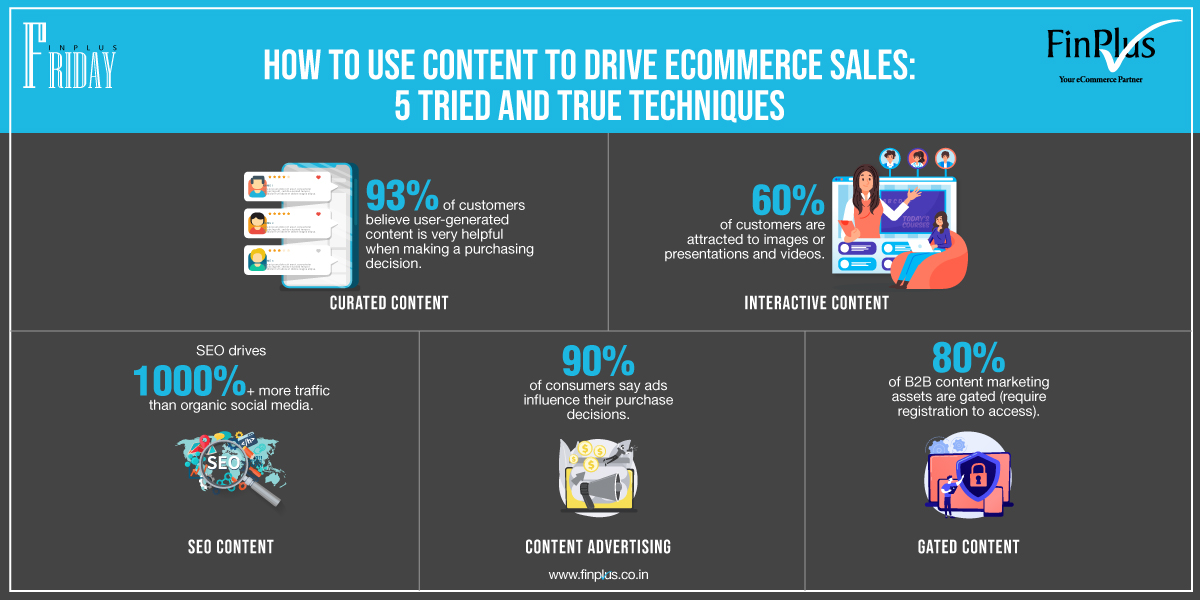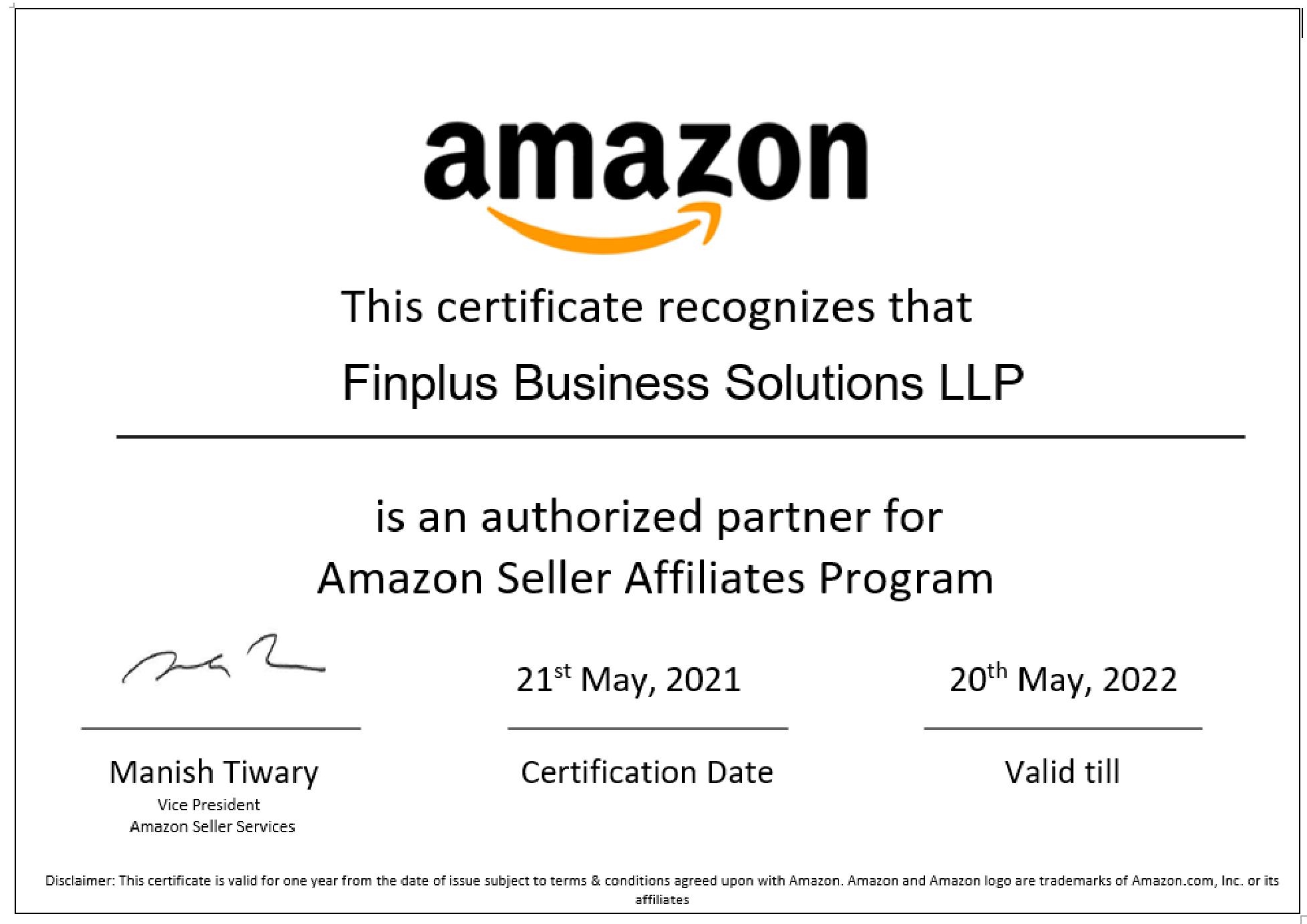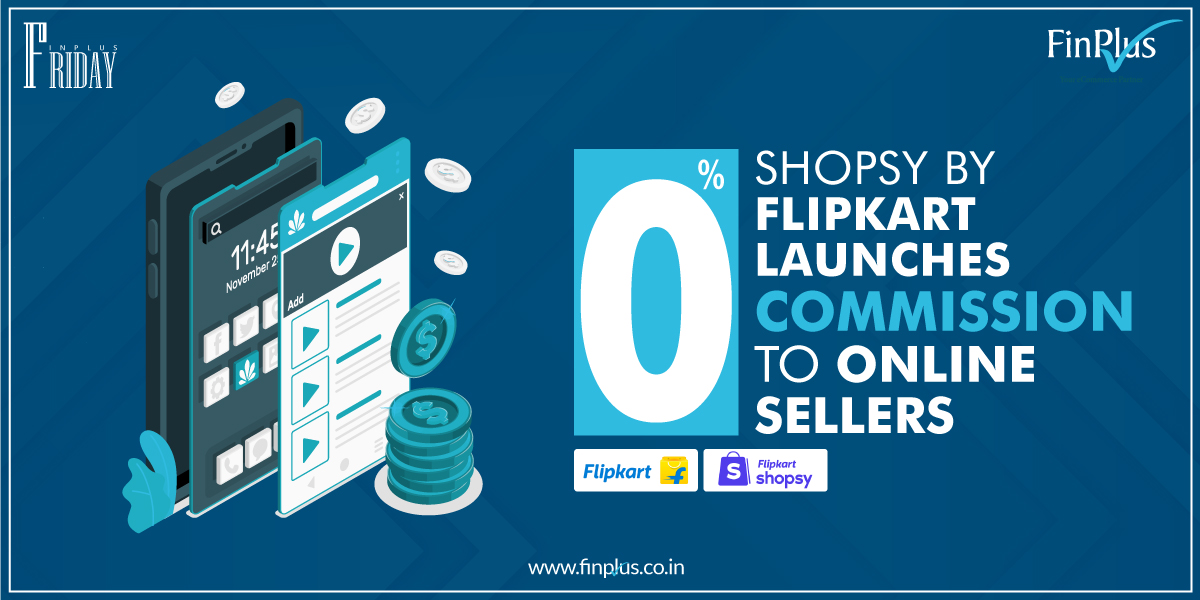
How to Use Content to Drive ecommerce Sales: 5 Tried and True Techniques
When it comes to standing out in an engaged in numerous, content still wins hands down. Quality e-commerce content will help you cut through the competition and straight into customers’ hearts, specifically when e-commerce becomes more crowded than ever before (and pockets).
Using customized content in your sales cycle is a successful way to inform prospects to convert, customers to return, and loyalists to spread the word about your business.
In this blog you’ll find out what eCommerce content to create in order to drive more visitors to your website and effectively convert it into paying customers. Here are five effective techniques to create compelling ecommerce content that engages and converts your customers.
5 types of ecommerce content that boosts traffic and sales
1. Interactive content
The most significant form of ecommerce content your company will produce is interactive content. What is the reason for this? Since it enables you to anticipate and respond to audience concerns regarding your brand and goods, such as: Why is your product better than others? How badly does it set you back? What are the advantages it offers?
But before you can create good Interactive content, you have to figure out what your visitors want to know.
These answers can be found in similar search phrases or often asked questions pages that appear as you search for your target keyword on search engines like Google or Bing.
In reality, when it comes to educational content, the options are numerous and diverse. You will compose texts, shoot photographs, and draw sketches, among other things. Some of the most popular categories of educational ecommerce content that your company can use are mentioned below:
Text-based educational content
The length and breadth of the text usually depend on the product itself. For example:
- Long poetic texts aren’t going to get you anywhere if you’re selling white goods (a variety of home appliances and other electrical goods). Product specs, price, consumer reviews, and perhaps a comparison map are something that the consumers want to see.
- If you’re selling clothing, feel free to provide descriptions that illustrate the product’s comfort, unique design details, different style choices, real-life examples from previous customers, and so on. The ultimate goal of educational ecommerce content is to provide more details about the product, how it works, and its benefits.
Visual content (photos and images)
About 60% of customers are attracted to images or presentations showing why they need the product and how it helps. This is because, according to research visuals are processed 60,000 times faster than text. This allows your storytelling to gain speed, potentially helping consumers to move through their decision making faster.
Info-graphics
Info graphics are really a mix of text-based content and images. They are perfect for reaching out to a specific niche audience by showing statistical data, timelines, trends, and tutorials. They provide relevant information that is easily shared across other websites and social media. They are the ideal way of increasing your website’s authority rankings.
Video content
Primarily, ecommerce videos allow you to quickly inform customers about your products and offers, nudging them to purchase without thinking twice. However, other benefits of ecommerce video marketing include their ability to drive organic traffic if they are optimized correctly for search engines.
2. SEO content
In order to ensure ecommerce sales, you must drive traffic to your website. Regardless of whether the traffic is paid or organic, without it, the website would not be viewed, let alone converted by potential new customers.
To increase organic traffic, you’ll need to invest in SEO software. SEO Experts at FinPlus will assist you with content development outsourcing. The benefits of search engine optimization are long-lasting and do not require extra funding to maintain. To climb Google’s rankings, your ecommerce content must be optimised in such a way that your ecommerce site appears when visitors type your target keywords into Google. It can be a trial and error process at first, but here are some tips to help you increase organic traffic:
Optimizing landing page text, website copy, blog content, and product descriptions for long-tail keywords;
- Adding optimized alt-text to any product or site images;
- Optimizing page meta titles and descriptions;
- Adding well-written user-generated content to product pages;
- Writing blogs around popular search queries;
- Adding schema mark-up to product and landing pages.
3. Gated content
Gated content is content that involves the submission of some kind of information in order to be unlocked. This normally entails visitors providing their email address in order to gain access to information that is otherwise inaccessible, such as content hidden behind a wall.
Whitepapers, eBooks, surveys, and other forms of gated content are commonly used as B2B lead generation tactics.
Inviting customers to pre-order something is another way to implement gated ecommerce content on your platform. Musicians and brands, particularly those releasing limited edition vinyl records, use pre-ordering as a marketing strategy. However, apparel and beauty stores have recently begun to use the pre-ordering strategy as well.
4. Curated and user-generated content
You can only go so far with the content you produce about your brand, products, and services. To demonstrate the true value that your company provides, you’ll need actual, impartial feedback from customers or subject matter experts.
That’s where curated content comes in handy. Curated content can take many forms, including user-generated content such as images, video reviews, and testimonials, as well as magazine features, guest interviews, and more. You can republish this content on your company site, post it on social media, use it in email sequences, and more, depending on the format.
5. Content advertising
E-commerce businesses can choose to promote their content through PPC (pay-per-click) advertising options offered by Facebook Ads, Google Ads, Google Display Network, AdSense, and so on.
It’s a good way to nurture prospects without being too pushy. By using tracking pixels to know when somebody landed on your website, you can create retargeting ads and serve relevant content until the person is ready to make a purchase with you.
Conclusion
There are dozens of methods you can use to increase sales, but they all come down to promotion, sharing, and advertisement.
To run a successful ecommerce business, you must first gain the trust of as many customers as possible, and after that, your website will be self-sustaining, and it will generate its own traffic.
You must take care of every step in the buying and selling process to increase sales and make your brand stand out in the crowd. Content marketing is a great way to do this consistently.
So try to think of as many ways as you can incorporate content into your ecommerce sales funnels, blog posts, buyer guides, comparisons etc. There are always methods to upgrade your content marketing if you want to.
Connect with FinPlus and get end to end solutions for your content needs!
Contact us today.
www.finplus.co.in , Mobile – 9326906669 email – enquiry@finplus.co.in





